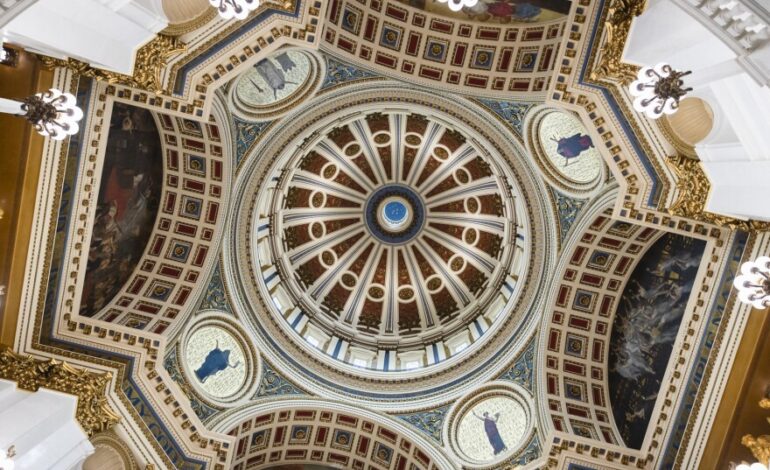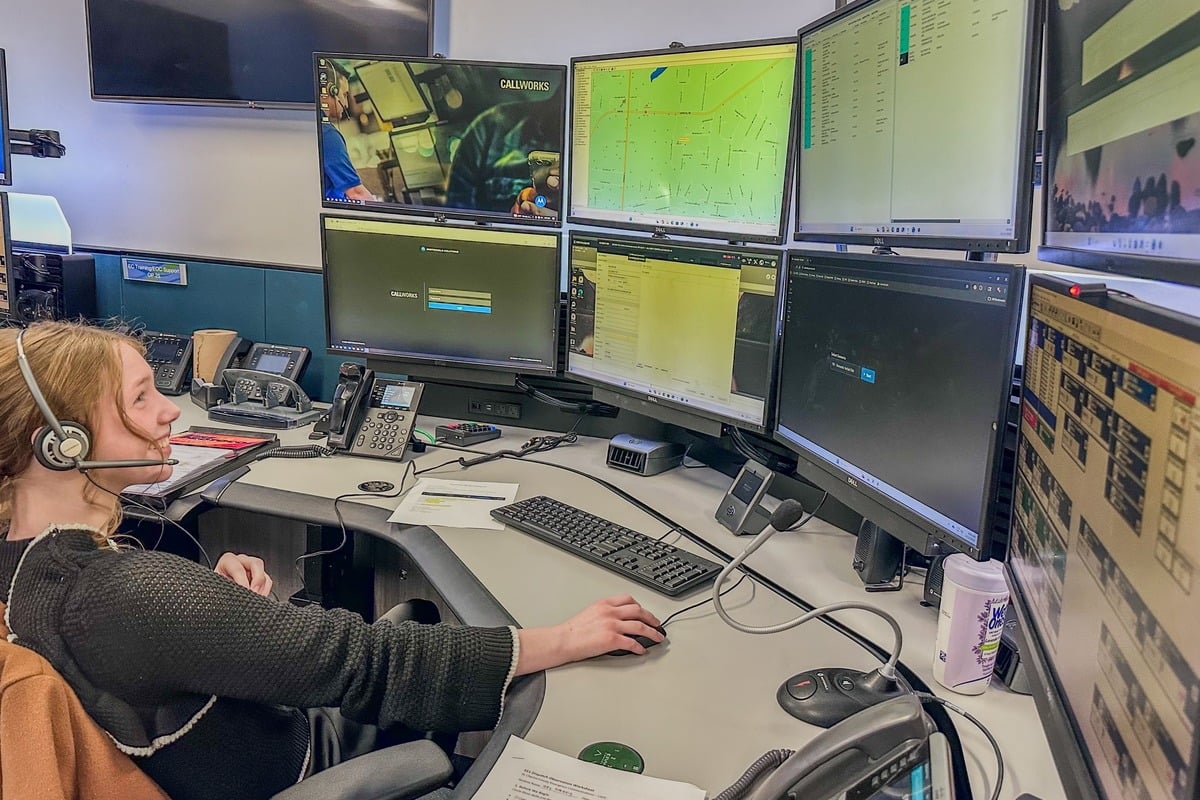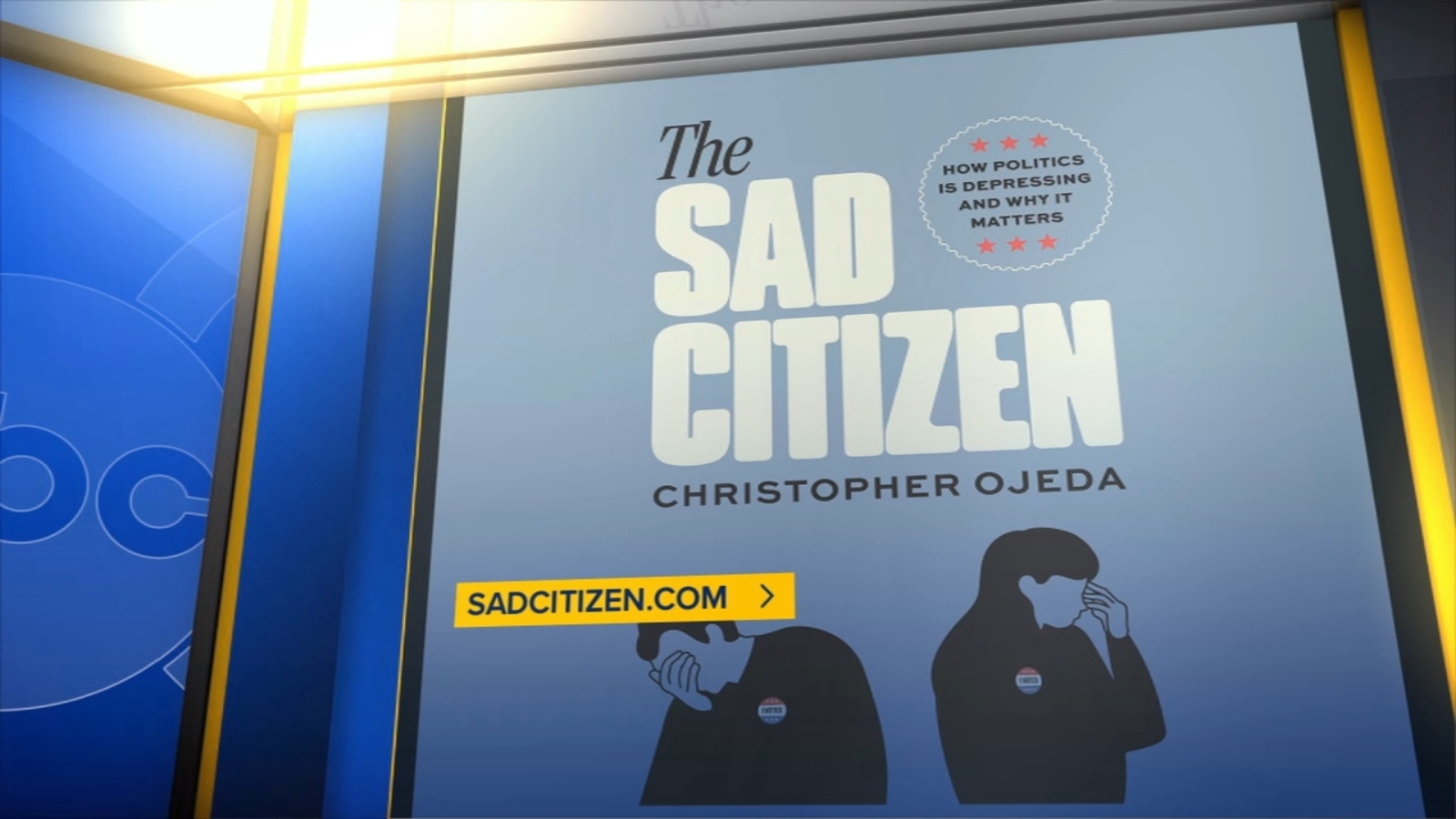Penn State Increases Lobbying Spending to $1.7 Million

Penn State University has significantly increased its lobbying expenditures, surpassing its peers in efforts to influence state lawmakers. In the last two years, the university spent approximately $1.7 million on lobbying, a figure that exceeds the amounts spent by Temple University ($1.3 million), the University of Pittsburgh ($968,000), and the University of Pennsylvania ($700,000). This surge in spending marks the highest level of lobbying expenditure for Penn State since 2008.
The Pennsylvania Department of State has documented more than 15 years of lobbying reports, which reveal that Penn State’s lobbying efforts intensified after 2020. The university’s focus has included a range of topics such as “economic development,” “education,” “health care,” and the state budget. However, the commonwealth’s lax disclosure requirements complicate efforts to fully track the university’s lobbying activities in Harrisburg.
Current Pennsylvania laws mandate that groups disclose the subjects they lobby on, as well as total costs for direct and indirect communications, including gifts or hospitality each quarter. Yet, critics argue that the laws lack transparency. According to Philip Hensley-Robin, executive director of Common Cause Pennsylvania, “It’s a good thing, obviously, that we know how much is being spent by lobbyists as part of advocacy in the legislature. But the law does leave some things to be desired.”
He emphasized the need for more detailed disclosures, particularly regarding specific legislation being lobbied. Although Penn State gathers detailed information on lobbying activities, including the nature of gifts offered, this information is not publicly disclosed due to the university’s exemptions from Pennsylvania’s open records law.
When approached for comment, a Penn State spokesperson did not provide specifics about the legislation or policies the university was advocating for in Harrisburg. The spokesperson stated, “Penn State’s impact on the Commonwealth is tremendous, and, with our multi-campus structure, extensive research portfolio, affiliate locations and Extension services, the University strives to maintain a strong presence in Harrisburg.”
As the data indicates, Penn State’s lobbying expenditures for gifts and hospitality typically see a notable increase in the latter half of the year, likely coinciding with the university’s football season. Previous emails obtained by Spotlight PA revealed that Penn State’s lobbyists offered tickets to games in 2023 to state employees, including Lt. Gov. Austin Davis. When asked if this was a contributing factor to the uptick in lobbying expenses, the spokesperson acknowledged that “hosting individuals at sporting events is a contributing factor.”
Inflation-adjusted figures show that current Penn State President Neeli Bendapudi has spent more on lobbying annually than her three predecessors, averaging $848,000. In comparison, the immediate past president, Eric Barron, averaged $761,000 a year when adjusted for inflation. While a university spokesperson stated there was “not a specific reason for the increase” in lobbying spending, it is noteworthy that Penn State seeks to boost its taxpayer-funded support for the first time in several years.
The Pennsylvania legislature allocates hundreds of millions of dollars each year to Penn State and other state-related universities to subsidize tuition costs for residents. However, lawmakers have not approved an increase to Penn State’s annual appropriation in nearly five years, resulting in reduced funding per student due to inflation. Democratic Governor Josh Shapiro has proposed $60 million in “performance-based funding” for state-related universities, which would be allocated based on the institutions meeting specific metrics. The final budget and distribution of these funds remain under discussion as of August 12, 2023.
During a meeting with university trustees in July, Mike Stefan, Penn State’s vice president for government and community relations, indicated that he expects the university’s appropriation to remain flat and that any potential increases in taxpayer funding will stem from the new funding model.
This evolving landscape of lobbying and funding highlights the ongoing challenges and strategies universities face in securing financial support while navigating the complexities of state legislation.






